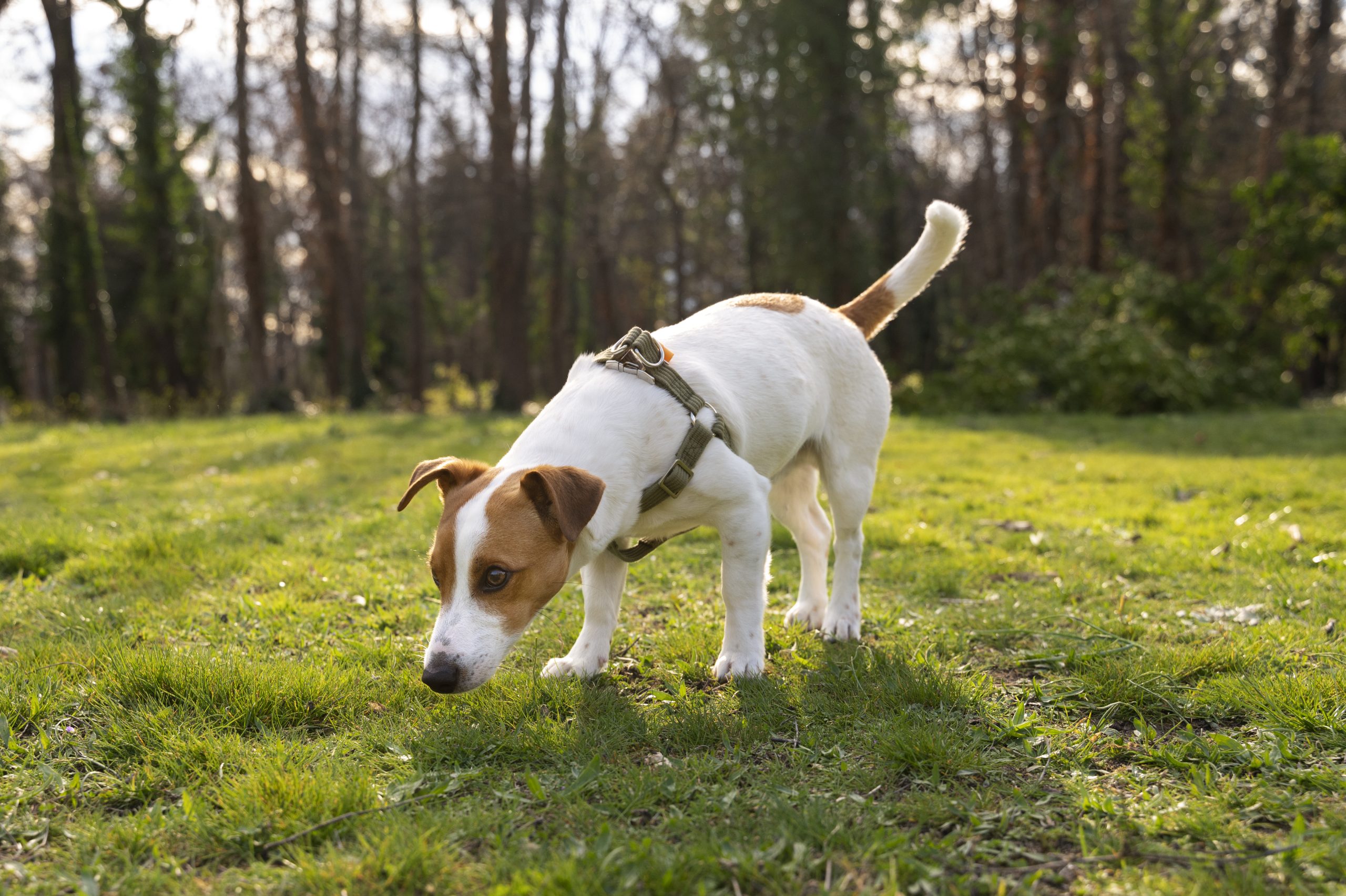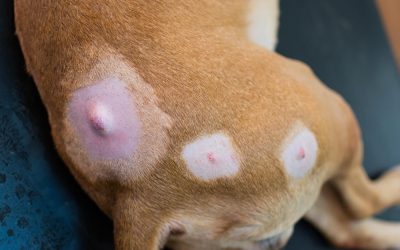Foxtails in Dogs: What to Watch Out For

As dog owners, we all want to keep our pets safe and comfortable during their outdoor adventures. But sometimes, hidden dangers can turn a fun walk or romp through the grass into a risky situation. One of those lesser-known dangers is a plant called foxtail, and while it may look harmless, it can pose serious risks to your furry friend.
Let’s walk through what foxtails are, where they grow, how they can affect your dog, and most importantly, what you can do to help prevent injury and stay one step ahead.
What Exactly Is a Foxtail?
Foxtails might look like just another wild grass, but their unique structure makes them potentially dangerous for dogs. These plants belong to the Hordeum genus and are named for their bushy, spike-like seed heads that resemble a fox’s tail.
Here’s why they matter: once mature, foxtail seed heads break off easily and latch onto anything they touch, like your dog’s fur, paws, or even eyes and ears. These seeds are designed to move forward only, which means they can burrow deeper into your dog’s body rather than falling out or breaking down naturally. This can lead to infections, pain, and in some cases, require surgery.
How to Recognize a Foxtail
Learning what foxtails look like can help you steer clear of risky areas when walking your dog. Here are some key features to look out for:
- Shape: The seed head tapers to a point, resembling a soft, fluffy tail.
- Texture: The seeds are dry and barbed, easily catching onto fur and skin.
- Color: Young foxtails are usually green, but they turn yellow or brown as they dry out and mature.
Why Foxtails Are a Problem for Dogs
It’s easy to underestimate how much trouble a small plant can cause. But foxtails don’t just stick to fur; they can pierce the skin and keep moving inward. That means a foxtail caught between your dog’s toes or in their ear can lead to swelling, abscesses, infections, or worse.
Here are some common areas where foxtails cause problems:
- Nose: Sneezing, nasal discharge, or pawing at the snout.
- Ears: Head shaking, scratching, or sensitivity.
- Eyes: Redness, blinking, or watery discharge.
- Paws: Limping, licking between toes, or swelling.
Where Foxtails Tend to Grow
You’ll mostly find foxtails in dry, grassy areas. While they’re especially common in the western U.S., they can pop up just about anywhere that wild grasses grow freely, such as:
- Open fields or vacant lots
- Hiking trails and roadside paths
- Parks with natural landscaping
- Overgrown areas in backyards
What Are the Signs That a Dog Has Foxtails on Them?
As Christina Fernandez, DVM, further explains in the PetMD article: “Here are some signs you can look for:
- Head shaking
- Limping
- Pawing at the face
- Snorting
- Sneezing
- Bloody nose
- Excessive licking of an area on the body
Other signs may appear one to several days later. These may include:
- Lumps or bumpsBumps
- Draining tracts
- Areas of redness or tenderness
- Inflammation
- Lethargy
- Depression
- Decreased appetite.”
Tips for Avoiding Foxtail Trouble
While foxtails can be scary, the good news is that a little prevention goes a long way. With a few simple habits, you can help keep your pup safe and comfortable:
- Groom regularly: Trim long fur, especially around the paws, ears, and belly—these are the most common entry points.
- Do daily checks: After walks, take a few moments to check your dog for any plant matter stuck in their coat or between their toes.
- Stick to well-maintained trails: Avoid tall grass, dry fields, or overgrown paths when foxtails are in season.
- Yard maintenance: Keep your own outdoor space mowed and clear of wild grasses, especially during summer months.
What If Your Dog Gets a Foxtail?
Even with the best precautions, accidents can happen. If you think your dog may have picked up a foxtail, the best course of action is to visit your vet right away. Some foxtails can be removed easily if caught early, but others may require more intensive care.
Depending on the location and severity, your vet might:
- Remove the foxtail manually
- Use imaging (like X-rays) to locate deeply embedded seeds
- Prescribe antibiotics for infection
- Recommend minor surgery if needed
How Can Pet Insurance Help You if Your Dog Needs Treatment?
Pet insurance can be a valuable tool in managing the costs of treating a dog’s veterinary expenses. By having a pet insurance policy in place, you can have peace of mind knowing that you can provide medical care for your furry companion without worrying about the financial burden. Pet insurance can help cover the costs of veterinary consultations, diagnostic tests, medications, and even specialized treatments if required.
Reimbursement
This method is the most common for pet insurance companies. You pay out of pocket for the veterinarian bill, and then the insurance company reimburses you for what’s covered under the insurance plan. The steps look like this.
- You pay the vet bill after your dog’s visit.
- You fill out the pet insurance claim form.
- Submit the claim form and other required documentation to the insurer.
- After the claim is approved, you will be reimbursed for eligible expenses.
What Does Odie Pet Insurance Cover?
Pet insurance covers various veterinary expenses, providing financial protection and peace of mind for pet owners. Here are the details of the coverage options offered by Odie Pet Insurance:
Illness & Injury Plan
The Illness & Injury Plan is an all-inclusive insurance plan designed to cover a wide range of medical needs for your pet. This plan includes comprehensive coverage for various illnesses, injuries, and veterinary services. Some of the covered items include:
- Veterinary exams and consultations
- Diagnostics (e.g., X-rays, lab tests)
- Prescribed medications
- Surgeries and hospitalization
- Rehabilitation, acupuncture, or chiropractic treatments
- Medically necessary supplies
- Euthanasia and cremation
The Wellness Plan
The Wellness Plan is a monthly membership that focuses on preventive care and covers routine veterinary services.
- Provides reimbursements for routine care items such as wellness visits (exams and vaccines), testing and parasite prevention, dental cleanings and at-home dental care, vitamins, supplements, and more.
- Through Odie’s partnership with Petivity, a leader in smart pet products and proactive care, Wellness Plan members can also receive reimbursements for Petivity devices and health kits, as well as eligible Purina food and supplements.
- Total reimbursement up to $700 per year.




